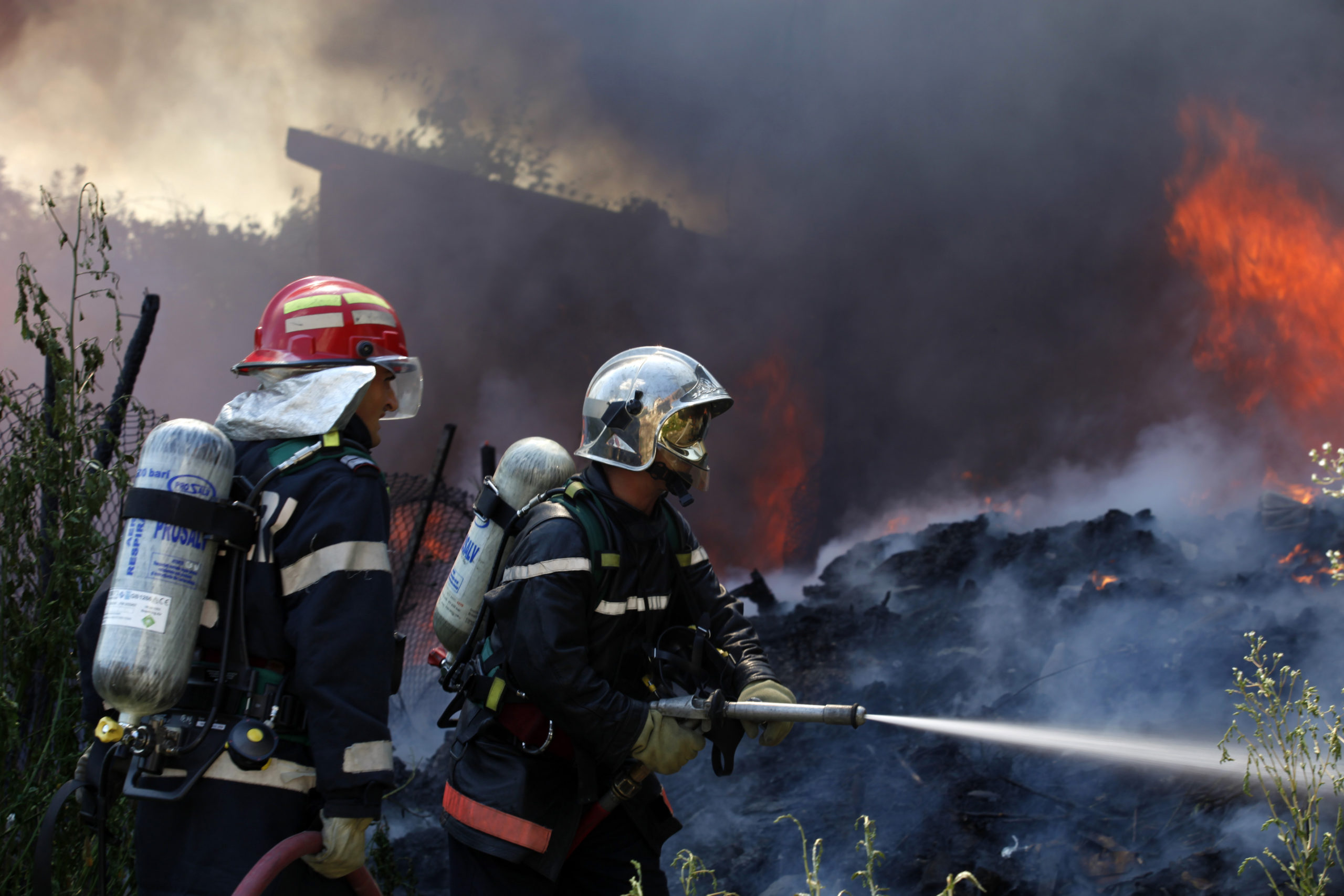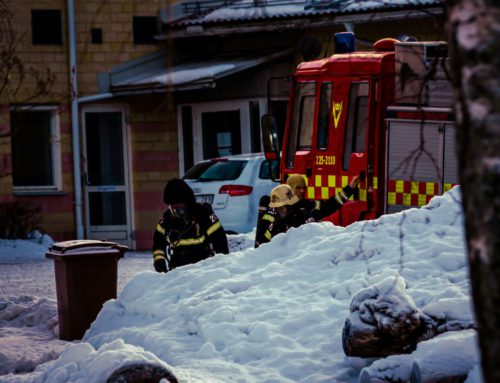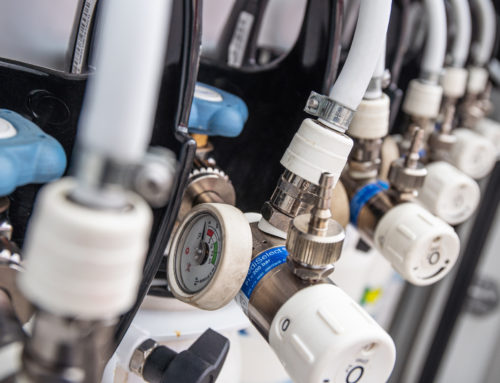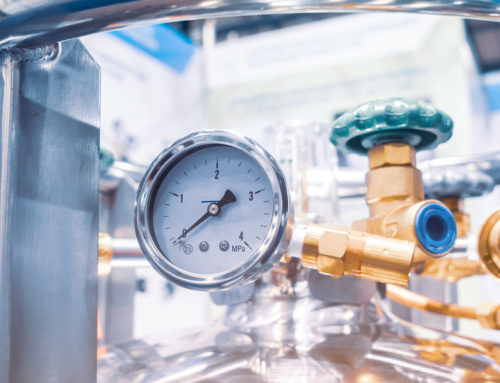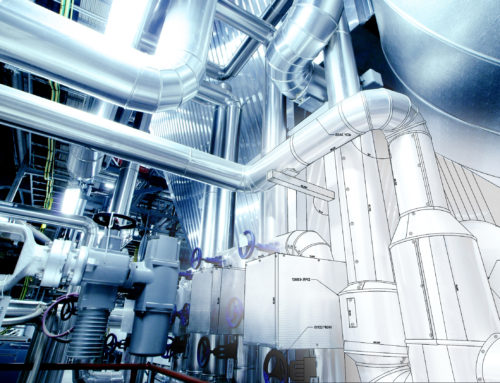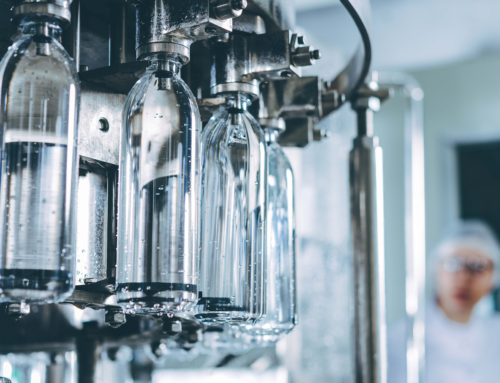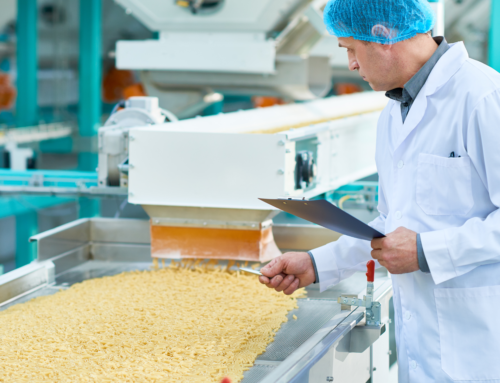The National Fire Protection Association (NFPA) reports that as of 2015 there were approximately 1,160,450 volunteer and career firefighters in the United States.
When a firefighter puts on in their safety equipment, they knowingly accept the risks and the responsibilities necessary to guarantee the safety of a community and its citizens. And in order to keep themselves safe and perform at their best; firefighters rely on the efficiency of their regulated equipment.
Firefighters knowingly accept the risks and responsibilities associated with the job. But not all dangers encountered by firefighters are obvious and immediate threats.
According to a published multi-year study conducted by the National Institute for Occupational Safety and Health (NIOSH), the National Cancer Institute, and the University of California at Davis Department of Public Health Services, firefighters from within the study group presented higher rates of cancer than the general U.S. population. The study reports that mesothelioma, a cancer caused by exposure to asbestos, is twice as prevalent in firefighters than in the general population. Additional studies conducted both in the U.S. and worldwide have confirmed similar increases in certain types of cancer among firefighters. As research continues, firefighters become more educated about the correlation between the exposure and inhalation of toxic chemicals and elevated risks of cancer.
You can access an international study here.
Although firefighters cannot completely avoid exposure to toxic chemicals, making sure the compressed air they breath is clean can go a long way to improving their health and safety.
Firefighters use a self-contained breathing apparatus (SCBA) to deliver regulated and clean compressed breathing air while in areas with low levels of oxygen or high levels of chemicals, firefighters rely upon their SCBA to deliver clean compressed breathing air. SCBA’s that are filled with unregulated or irregularly tested compressed breathing air can contain contaminants including carbon monoxide, carbon dioxide, oil mist, particulates, and hydrocarbons. Breathing air contaminants can not only pose long-term health concerns, but they can also create an immediate life-threatening risk for a firefighter. Under certain conditions, excess moisture in a SCBA can produce an immediate failure of the respirator, subsequently cutting off all compressed breathing air to the user and becoming a critical hazard. With chronic inhalation of contaminated breathing air, long-term effects can include impaired respiratory function and pneumonia.
To minimize breathing air contaminants and quickly address equipment malfunctions, the National Fire Protection Association implemented NFPA 1989: Standard on Breathing Air Quality for Emergency Services Respiratory Protection. NFPA 1989 establishes a standard for compressed breathing air contaminants and addresses sampling, documentation and testing methods.
NFPA 1989: 5.1.1 requires compressed breathing air to be tested quarterly by an accredited laboratory, or sooner if contamination is suspected. If a compressed air test fails, the compressor must remain out of service until the air quality has passed laboratory testing.
NFPA 1989: 5.2.1.1 requires that air samples must be tested before and after the installation of a new air purification filter.
A full version of the NFPA 1989:2013 is available for purchase here.
The table below shows examples of compressed air testing specifications commonly used in Fire, including NFPA 1989:

To begin testing your compressed breathing air, start here.

